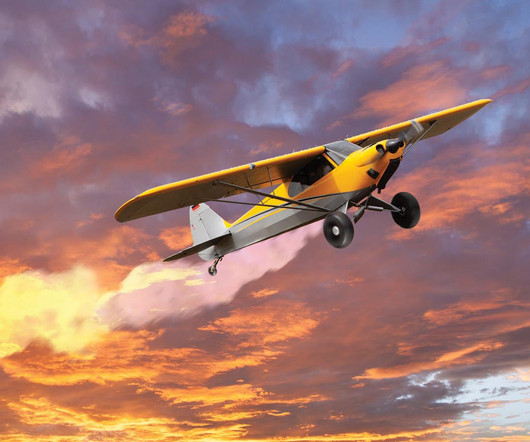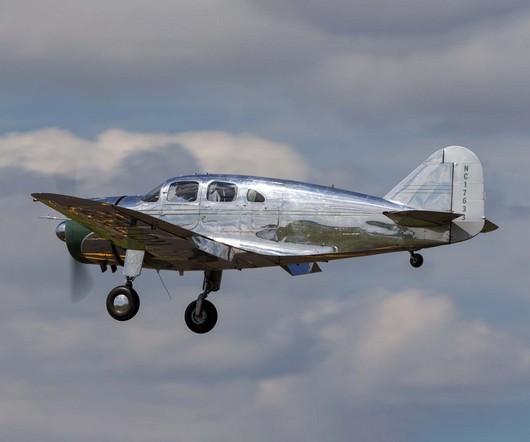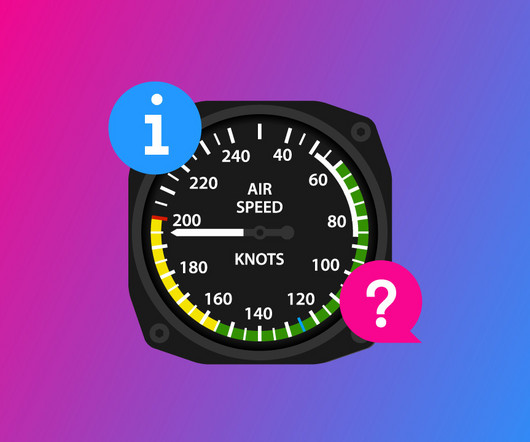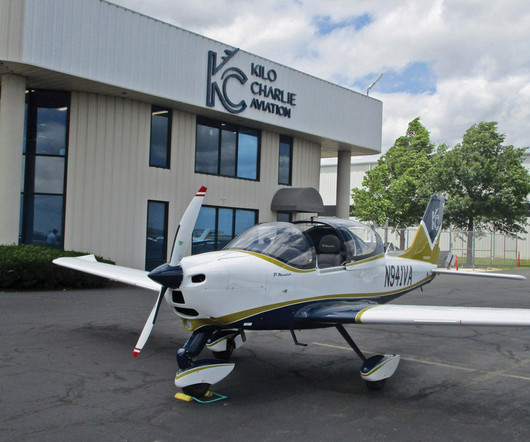Mastering Stalls: How to Recognize, Prevent, and Recover Safely
Flight Training Central
MARCH 3, 2025
Depending on design, airfoils used in general aviation, stall at angles of attack between 16 to 18 degrees. When the airplane is stabilized in the approach attitude and speed, begin to smoothly and slowly bring the nose up to an attitude which will cause a stall. As the airspeed slows into the white arc, extend the wing flaps.
























Let's personalize your content